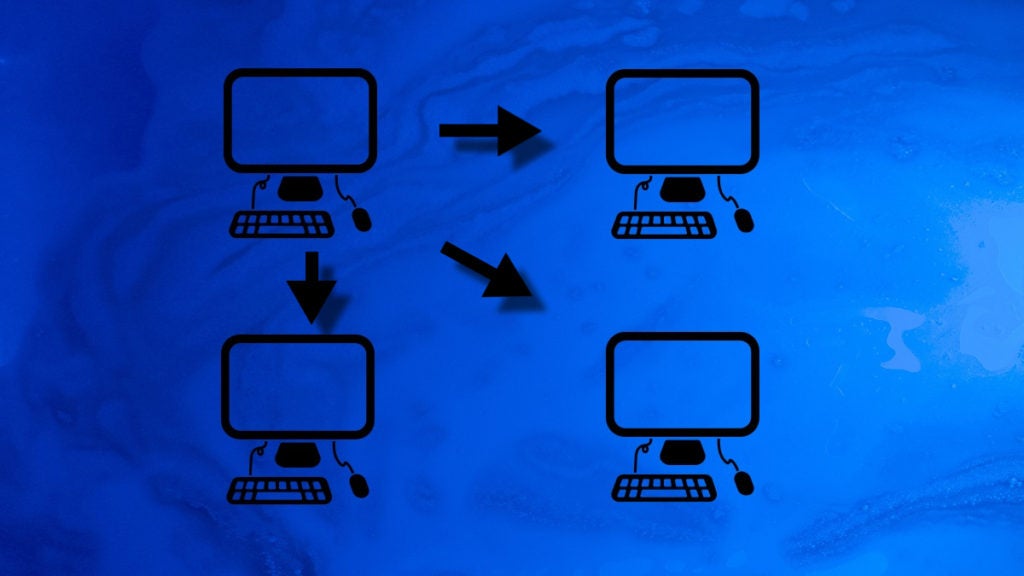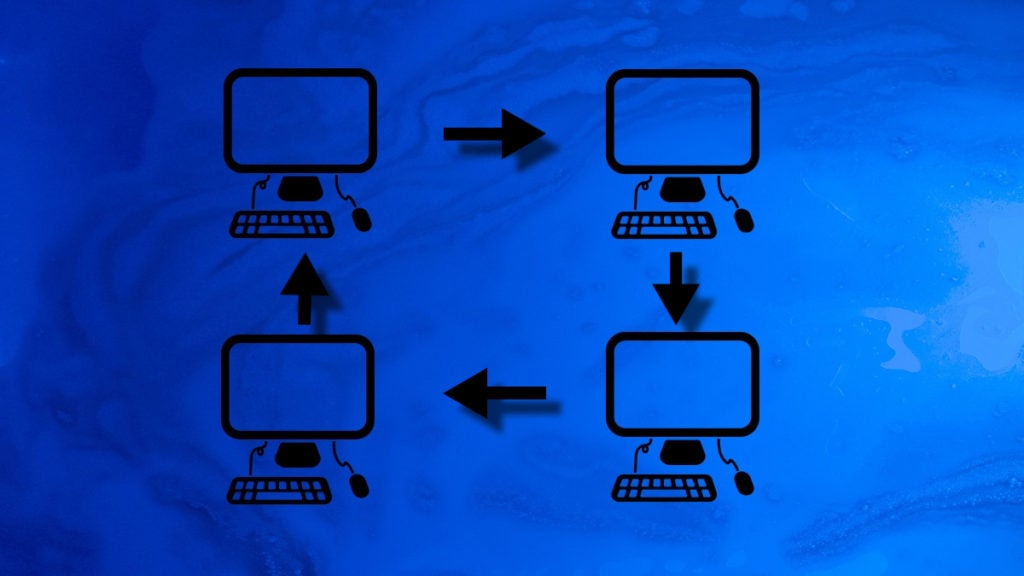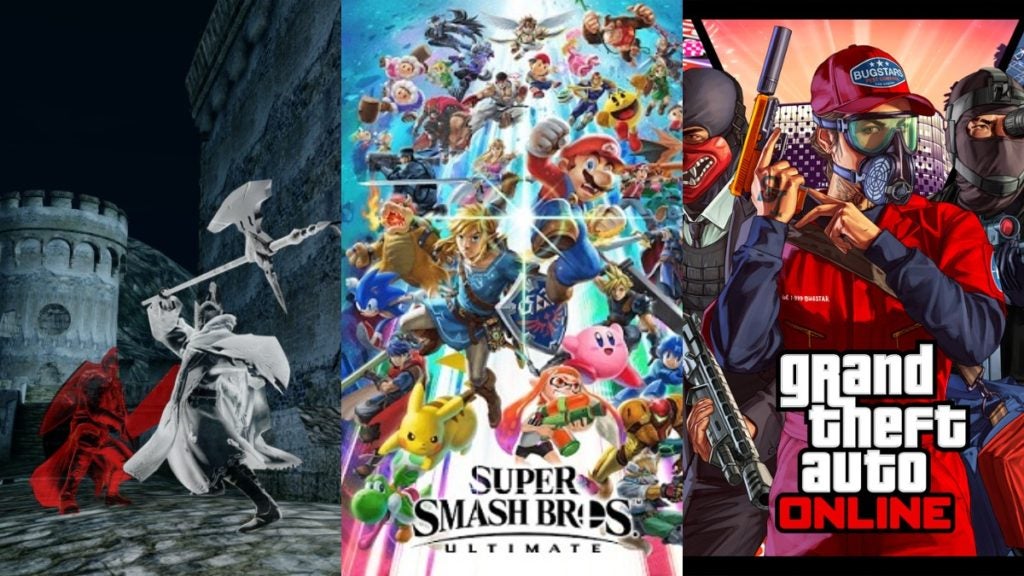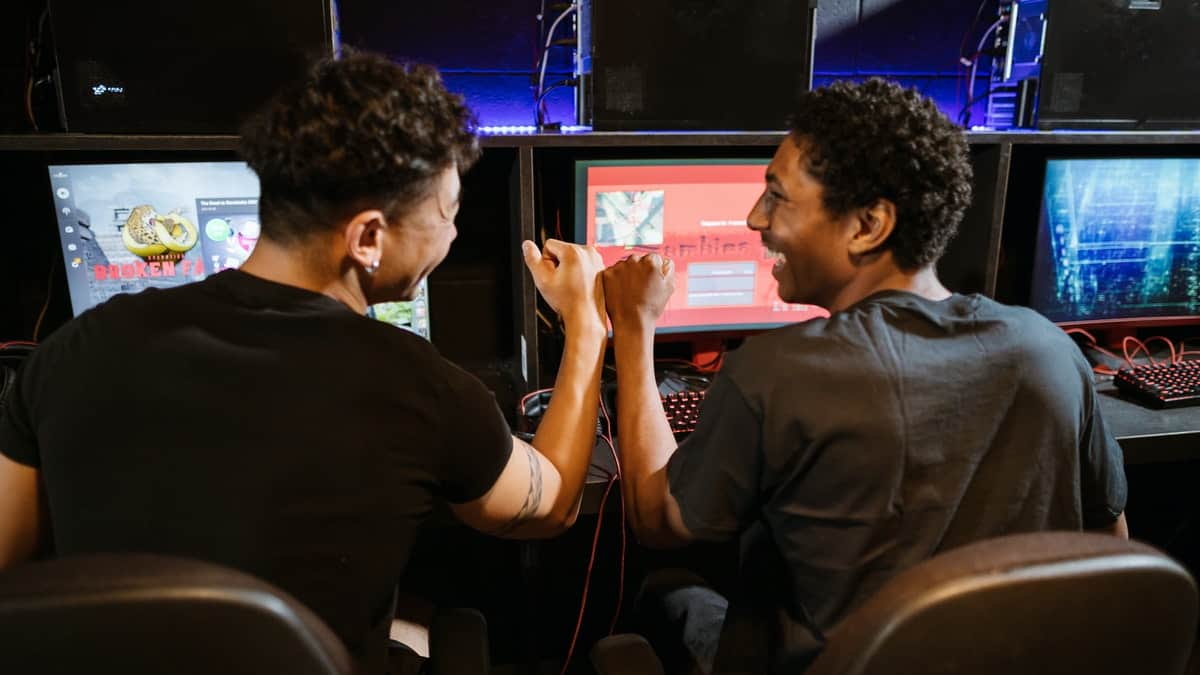Many of us enjoy gaming with other people. There’s something great that comes with the multiplayer experience many players yearn for. One of the things that make this experience happen is peer-to-peer connection. Let’s learn more about it.
Table Of Contents
What is Peer-to-Peer Gaming?

Peer-to-Peer is a network structure most commonly used in sharing networks. In the early days of the digital nexus that is the internet, P2P sharing was used by websites and software such as Napster, Limewire, MSN, and WinMX, among a few others. Today, this method persists with various Torrent clients and other file-sharing applications and framework software such as Fasttrack, Gnunet, Google Talk, and Neonet. Other than that, this network structure has also been utilized to make the world of gaming more socially interactive.
In gaming, the utilization of this structure is known as peer-to-peer gaming, otherwise known as P2P gaming. This is one architectural method that allows you to play with other players online. To put it simply, P2P gaming is when players connect to and rely upon one another to keep an online network going, negating the need for a dedicated server.
How Does Peer-to-Peer Gaming Work?
To understand the functions of P2P gaming, you must also understand its most common opposing architecture. Aside from P2P, there is also what’s known as a “Dedicated Server,” wherein, as the name implies, an offshore central server is provided for all players to connect to. This server is not a player, nor is it a part of the game. The server’s responsibility is to simulate the game’s world and send data to every player that’s connected so they can interact with it seamlessly.
When it comes to peer-to-peer gaming, however, there are two types of network structures that most commonly occur. On one hand, a sole player acts as a “server,” otherwise known as a host. The other players can then connect to the host and the host will relay data to every player that’s connected to them.

Another form of P2P gaming is where everyone on the connection is needed to keep the network alive. Once the connection is established, the network of computers then sends messages to one another to disseminate and balance the amount of work necessary to keep the game up and running.

In both types, the key detail of what makes a connection P2P is the absence of a dedicated server. In these cases, the game or session relies on the connection of the host or the players instead of an actual server. Otherwise, the developers themselves provide the dedicated server.
The Pros & Cons of P2P Gaming
Taking in the information above, it’s evident that P2P gaming has both upsides and downsides that you should consider, whether you’re a gamer or a developer.
The pros:
- Removes the “server issues” problem in multiplayer sessions.
- A central server is costly. Relying on P2P is a massive sum saver for developers. Most indie games that have a multiplayer mode use P2P.
- Ideal for balanced data distribution.
The cons:
- Major security issues.
- The server or everyone on the connection needs to have a decent internet connection for the game to function properly.
- The data the player sends to others can be manipulated, making cheating easier.
- The “host” is basically in control of the session.
- Can only handle a limited number of players at once.
Examples of Games That Use P2P

P2P Gaming is actually more common than you think. If you’ve played a handful of multiplayer games in the past, chances are, you’ve already engaged in a P2P network. Here are some of the most popular P2P online games:
- Demon’s Souls
- Dark Souls 1, 2, & 3
- Bloodborne
- GTA Online
- Red Dead Online
- For Honor
- Warframe
- Animal Crossing: New Horizons
- Super Smash Bros. Ultimate
- F1 2021
For comparison, here are some games that have a dedicated server:
- Fortnite
- Minecraft
- Apex Legends
- Rocket League
- Among Us
- EVE Online
- Overwatch
- Rainbow Six Seige
- Ghost of Tsushima Legends
- Roblox
As you can see, peer-to-peer technology is widely adopted by many of the giants in the industry, signaling that it’s here to stay for the foreseeable future.


